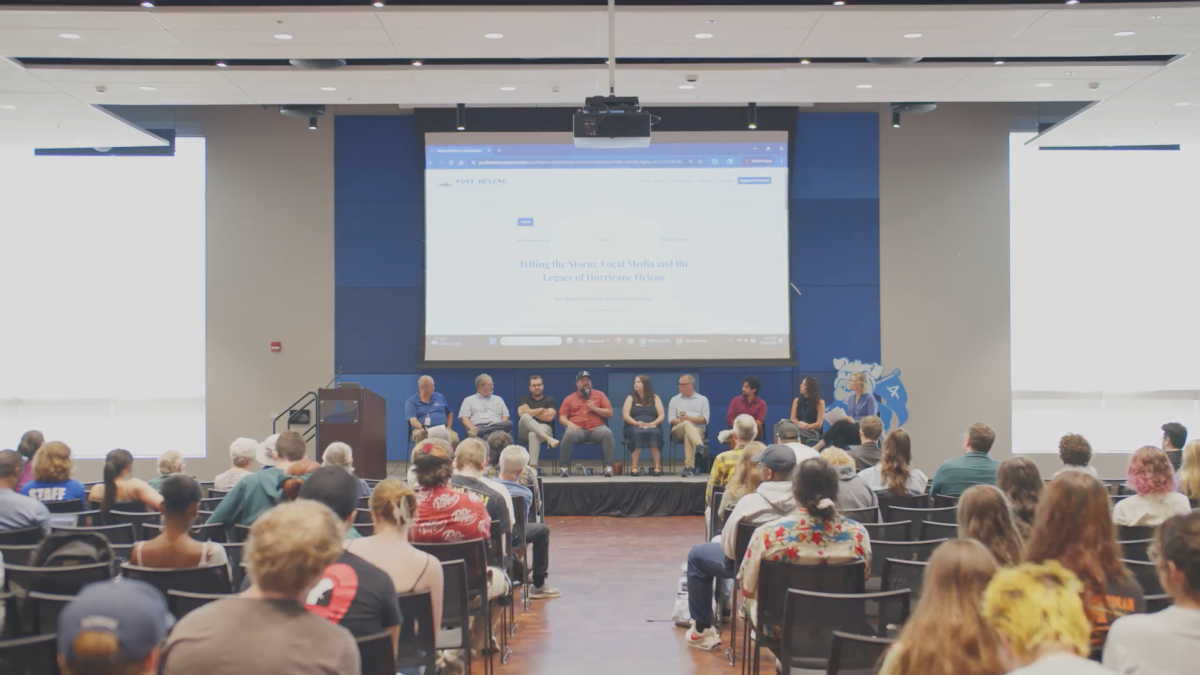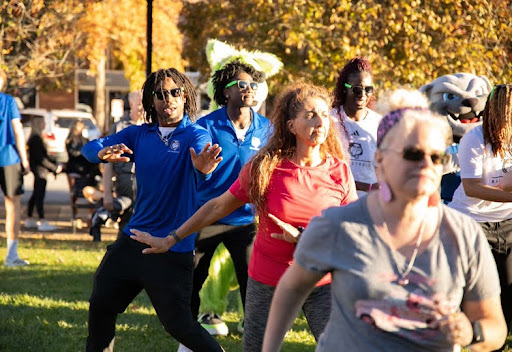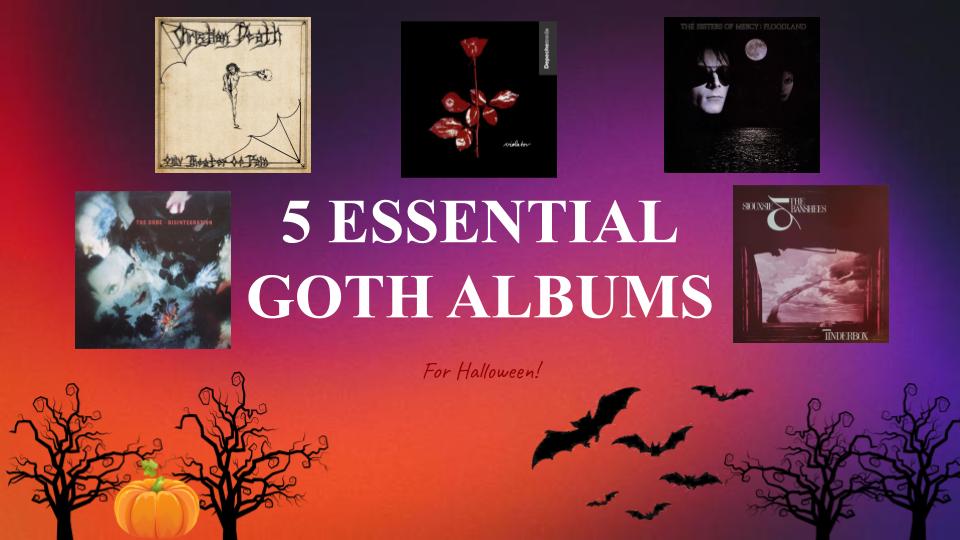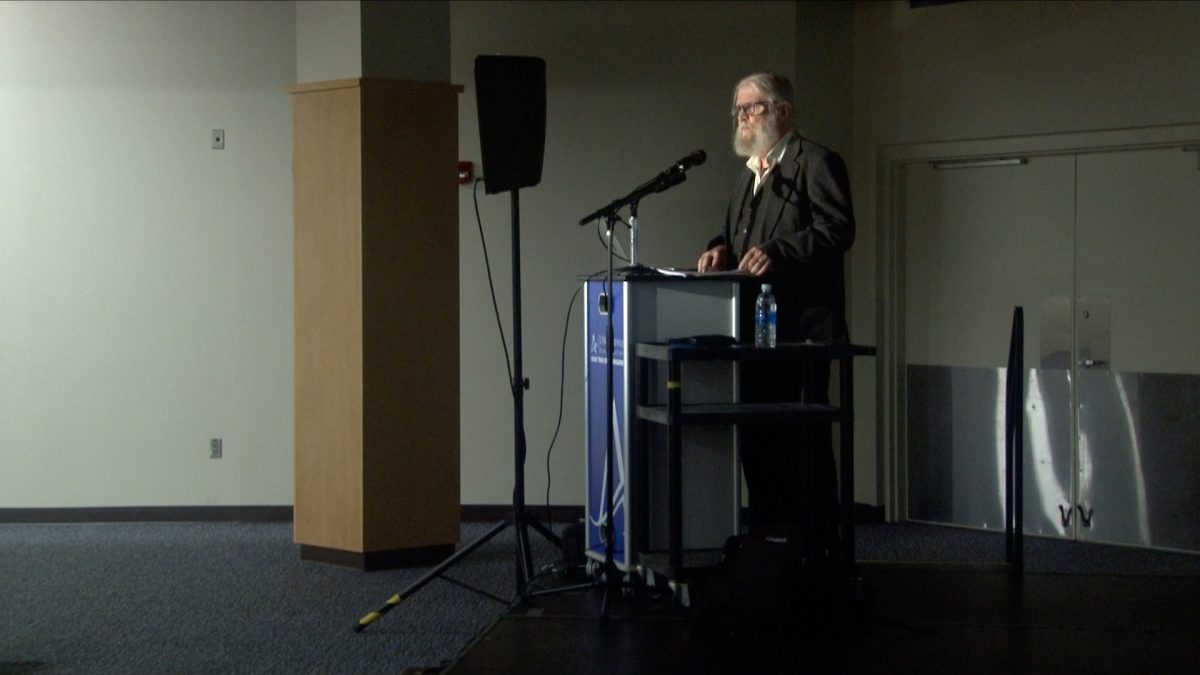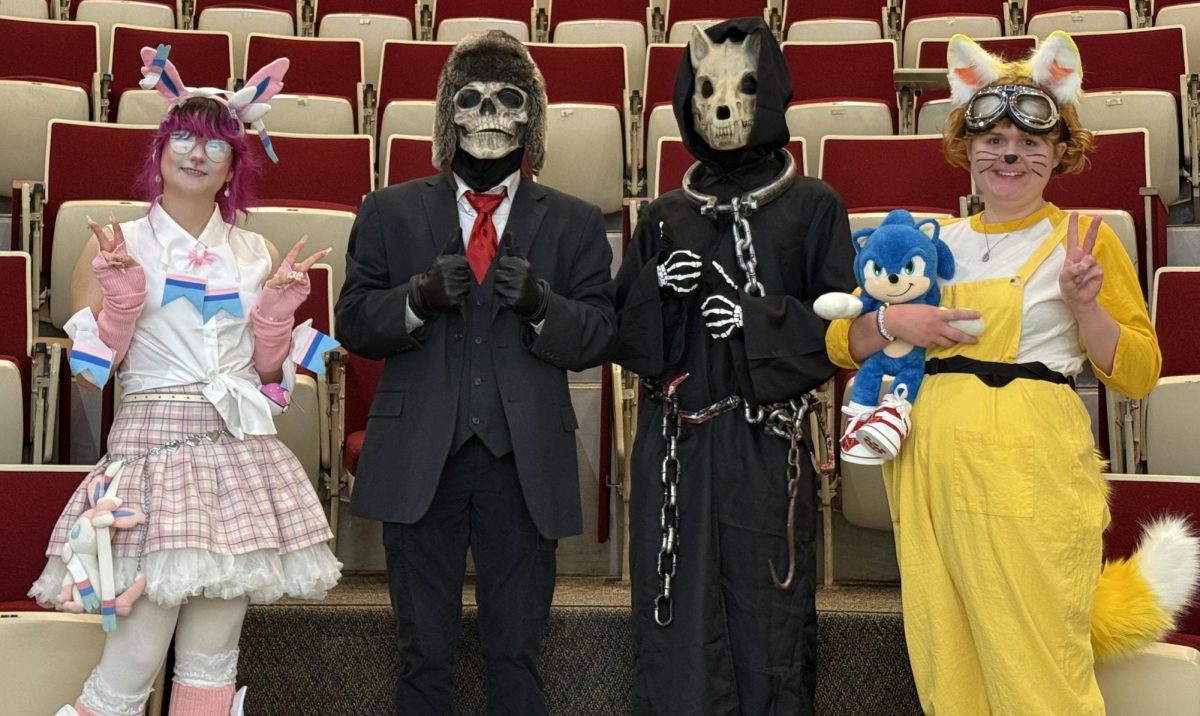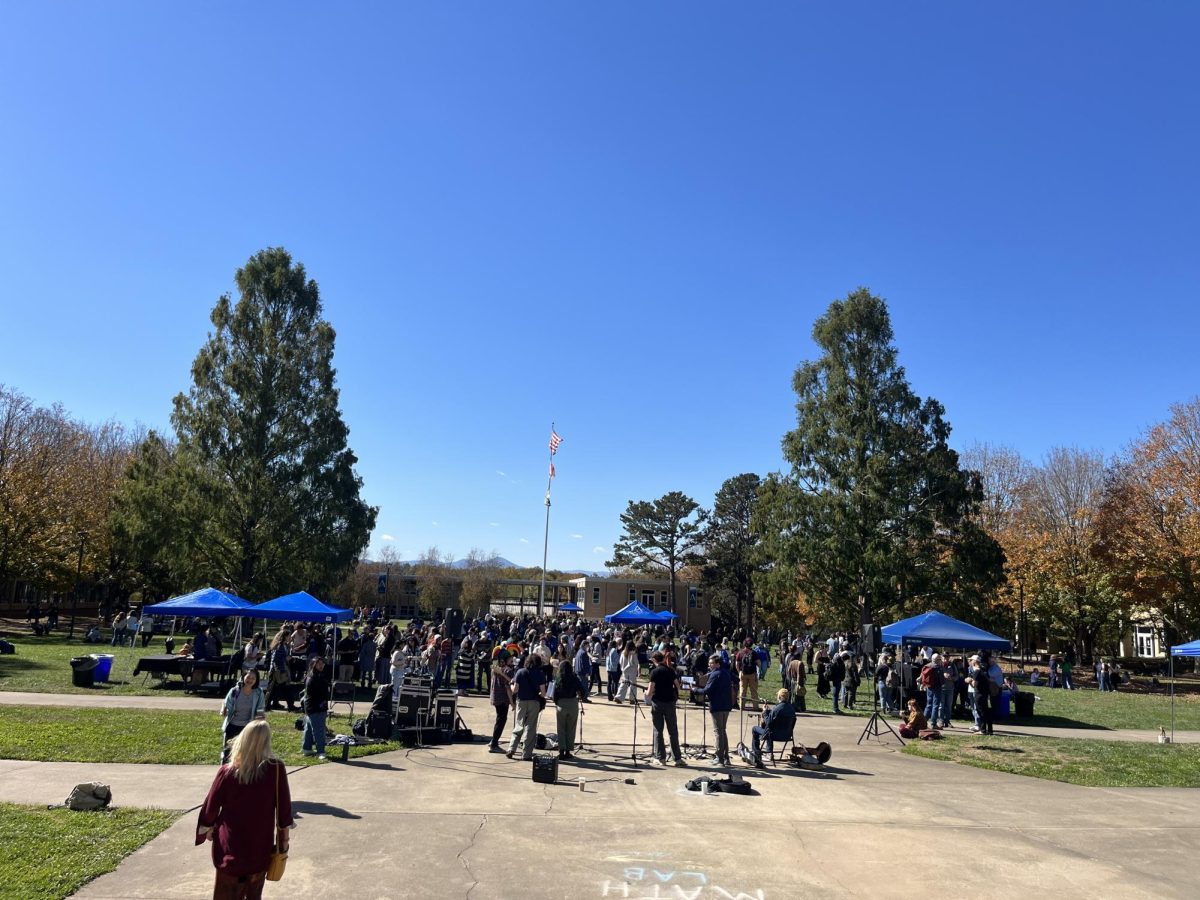By Karrigan Monk, [email protected]
The ways we listen to music are changing. According to the Recording Industry Association of America, music streaming increased by 92.8 percent in 2015.
Brian Felix, an assistant professor of music at UNC Asheville, said three years ago he did not think streaming would catch on because he did not think the technology was ready.
“I think it’s a service that’s worth paying for,” Felix said. “I don’t think it’s the only way to listen to music. It’s not my favorite way to listen to music, but I do really like that if I need to look up something, there’s a really good chance that it’ll be on there.”
Although Felix said he pays for streaming sites and will continue to do so, 78 percent of those polled by Nielsen, an international company researching consumer trends, were somewhat or very unlikely to pay for streaming services in the next six months.
Nielsen also reported the top reasons for not subscribing to streaming services were cost and infrequent use.
For Devin Lancaster, a sophomore art student, the reasoning is different.
“I hate the commercials if I don’t pay for them,” Lancaster said. “It pisses me off. You’re already bombarded with commercials in every other facet of your life dealing with electronics. I’m not trying to get that in my music.”
Samantha Assael, a freshman economics student, said she loves streaming services like Spotify and uses them constantly.
With the increase of streaming, some artists such as Taylor Swift and Adele have opted out of having their music on the services, or making it exclusive to one service.
Martika Welch, a freshman anthropology and environmental studies student, said she does not really care but she understands why people get upset. She said these artists are already making money and should provide the music for free.
“I think it’s still kind of the Wild West out there in terms of figuring out royalty payments,” Felix said, “and so I think people think that Spotify’s not paying enough and maybe they’re not.”
Felix also said artists benefit from streaming services by using them as promotional tools to get exposure.
Even though streaming services seem to be dominating, physical music sales are not completely gone. According to Nielsen, nearly 12 million vinyl LPs were sold in 2015, marking the 10th straight year for growth. Independent record stores account for 45 percent of all vinyl sales.
Jonathan Rhoden, owner of Voltage Records, said record sales are up while CD sales are down.
“I think some of it’s just like a retro thing,” Rhoden said, tapping his fingers along to the jazz record playing in his store. “Some of it is backlash against the download culture.”
Cameron “Cami” McCullough, a senior management student, said vinyl brings a feeling of nostalgia for listeners.
Feelings of nostalgia are not the only things driving record sales. Felix said the sound quality is different as is the listening experience itself.
“There’s something about having vinyl in your hand and being able to look at the artwork and read about the album and the fact that you actually have to get up to turn it over and stuff,” Felix said. “It’s a much more dedicated listening experience.”
With the resurgence of vinyl and the increase in streaming, listening to music is evolving.
“As long as the quality’s good,” Lancaster said, “doesn’t matter.”


